Cast iron frying pans have been a staple in Indian kitchens for generations, and for good reason. These sturdy pans are versatile, long-lasting, and able to withstand high heat, making them perfect for cooking a variety of dishes. From crispy dosas to perfectly seared chicken, cast iron frying pans can do it all. In this article, we will explore the benefits of using cast iron frying pans, various uses of this versatile cookware, and provide maintenance tips to help your pan last for generations to come. Whether you're a beginner or a seasoned cook, read on to learn more about the many advantages of cast iron frying pans in Indian kitchens.
Table of Contents
- What Are The Benefits of Cooking With Cast Iron Frying Pans in India?
- How To Use Cast Iron Frying Pans In India
- Exploring Different Uses of Cast Iron Frying Pans in Indian Cuisine
- How to Maintain Your Cast Iron Frying Pan for Optimal Performance
- Tips For Cleaning and Caring for Your Cast Iron Frying Pan Properly
- FAQ Related to Cast iron frypan
What Are The Benefits of Cooking With Cast Iron Frying Pans in India?
Cooking with cast iron frying pans in India comes with several benefits that make them a popular choice among home cooks. Here are some of the top benefits of using cast iron frying pans in Indian cooking, along with examples of popular Indian dishes that can be made in these pans:
- Even Heating: Cast iron frying pans are known for their ability to distribute heat evenly, which is especially important when cooking Indian dishes that require precise temperature control. For example, dosas, a popular South Indian dish made from fermented rice and lentil batter, need to be cooked evenly on both sides to achieve the perfect texture and taste. Using a cast iron pan ensures that the dosas cook evenly, resulting in a crispy and delicious final product.
- Versatility: Cast iron frying pans are versatile and can be used for a variety of cooking techniques, making them a great investment for any home cook. They can be used for shallow frying, sautéing, stir-frying, and even baking. For example, one can use a cast iron pan to make a popular Indian street food snack, tawa pulao. This dish is made by sautéing cooked rice with vegetables and spices, and the flat surface of a cast iron pan is perfect for evenly cooking and crisping the rice.
- Durability: Cast iron frying pans are extremely durable and can last for generations with proper care. This makes them a great investment for any home cook who wants to save money in the long run. One can use a cast iron pan to make traditional Indian dishes like tandoori chicken, where the pan's durability is essential for the high heat needed to cook the chicken.
In conclusion, cast iron frying pans offer several benefits for Indian cooking, including even heating, versatility, and durability. From dosas to tandoori chicken, these pans can be used to make a wide variety of delicious Indian dishes.
How To Use Cast Iron Frying Pans In India
Cast iron frying pans are versatile cookware that can be used in a variety of ways in Indian cooking. Here are some tips on how to use cast iron frying pans in India:
Season Your Pan: Before using your cast iron frying pan for the first time, it's important to season it properly. Seasoning creates a non-stick surface and helps prevent food from sticking to the pan. To season your pan, rub a thin layer of oil (preferably vegetable or coconut oil) all over the surface of the pan, then heat it in the oven at 350°F for an hour. Repeat this process a few times to build up a good seasoning layer.
Preheat Your Pan: Always preheat your cast iron frying pan before cooking. This helps to ensure that the pan is evenly heated and that your food cooks evenly. Heat the pan on medium heat for a few minutes before adding any oil or food.
Use High Heat: Cast iron frying pans can withstand high heat, so don't be afraid to turn up the heat when cooking. This is especially important when making dishes like tandoori chicken or stir-fry, where high heat is necessary to achieve the desired texture and flavor.
Use the Right Utensils: Cast iron frying pans can be easily scratched, so it's important to use the right utensils when cooking. Avoid using metal utensils that can scratch the surface of the pan. Instead, use wooden or silicone utensils that won't damage the seasoning.
Clean Your Pan Properly: After using your cast iron frying pan, allow it to cool completely before cleaning. Avoid using soap or harsh chemicals, as this can strip the seasoning. Instead, use a brush or non-abrasive sponge with hot water to clean the pan. Dry it thoroughly and apply a thin layer of oil to prevent rusting.
In conclusion, using a cast iron frying pan in Indian cooking is easy and offers many benefits. By properly seasoning and preheating your pan, using high heat, using the right utensils, and cleaning it properly, you can enjoy delicious and authentic Indian dishes for years to come.
What Types of Dishes Can You Make With A Cast Iron Frying Pan or Skillet? What is a cast iron skillet perfect for ?
A cast iron frying pan or skillet is a versatile piece of cookware that can be used to make a wide variety of dishes. Here are some of the types of dishes you can make with a cast iron frying pan:
Exploring Different Uses of Cast Iron Frying Pans in Indian Cuisine
Cast iron frying pans are an essential tool in Indian cuisine, and they can be used in a variety of ways to prepare different dishes. Here are some of the ways you can use cast iron frying pans in Indian cuisine:
Preparing Dosas: Dosas are a popular South Indian dish that requires a large, flat pan to cook. Cast iron frying pans are perfect for making dosas, as they distribute heat evenly and retain heat well. The large size of the pan allows you to make large, thin dosas that are crispy and delicious.
Cooking Tandoori Chicken: Tandoori chicken is a classic Indian dish that is traditionally cooked in a clay tandoor oven. However, you can also make tandoori chicken at home using a cast iron frying pan. The high heat retention of the pan allows you to achieve the char and smoky flavor that is characteristic of tandoori chicken.
Making Parathas: Parathas are a popular Indian flatbread that are typically made on a tawa or griddle. However, you can also make parathas on a cast iron frying pan. The even heat distribution of the pan ensures that the parathas are cooked evenly and to perfection.
Roasting Spices: Many Indian dishes require roasted spices, which are typically made in a small skillet. However, you can also use a cast iron frying pan to roast spices. The high heat retention of the pan allows you to quickly and evenly roast spices, bringing out their full flavor and aroma.
Frying Snacks: Indian cuisine is known for its delicious snacks, like samosas and pakoras, which are typically fried. Cast iron frying pans are perfect for frying snacks, as they distribute heat evenly and retain heat well. The non-stick surface of the pan ensures that the snacks are crispy and delicious.
In conclusion, cast iron frying pans are a versatile tool in Indian cuisine, and can be used in a variety of ways to prepare different dishes. Whether you're making dosas, tandoori chicken, parathas, roasting spices, or frying snacks, a cast iron frying pan is an essential tool in any Indian kitchen.
How to Maintain Your Cast Iron Frying Pan for Optimal Performance
Cast iron frying pans are durable and long-lasting cookware that can provide optimal performance for many years with proper maintenance. Here are some tips on how to maintain your cast iron frying pan for optimal performance:
Season your pan: Before using your cast iron frying pan for the first time, it is important to season it. Seasoning involves coating the pan with oil and baking it at a high temperature to create a non-stick surface. This helps prevent food from sticking to the pan and makes it easier to clean.
Avoid using soap: When cleaning your cast iron frying pan, avoid using soap as it can strip away the seasoning and damage the pan. Instead, use a stiff brush or scraper to remove any food residue. Rinse the pan with hot water and dry it thoroughly.
Dry the pan thoroughly: After washing your cast iron frying pan, make sure to dry it thoroughly. Any leftover moisture can cause the pan to rust. To dry the pan, place it on a stove over low heat and let it warm up for a few minutes until all the moisture has evaporated.
Apply a light coat of oil: After each use, apply a light coat of oil to the pan to prevent rust and maintain the seasoning. You can use any type of cooking oil, such as vegetable oil, canola oil, or flaxseed oil.
Store the pan properly: When storing your cast iron frying pan, make sure it is completely dry and free of any moisture. Store it in a dry place to prevent rust. You can stack other pans on top of it, but place a paper towel or cloth between them to prevent scratching.
By following these maintenance tips, you can keep your cast iron frying pan in optimal condition for years to come, ensuring that it continues to provide excellent cooking performance.
Tips For Cleaning and Caring for Your Cast Iron Frying Pan Properly
Cast iron frying pans are sturdy and durable cookware that can last for generations with proper care and cleaning. Here are some tips for cleaning and caring for your cast iron frying pan properly:
Clean your pan after every use: After cooking, let the pan cool down and then rinse it with hot water. Use a stiff brush or scraper to remove any food residue. Avoid using soap or abrasive cleaning products, as they can damage the seasoning on the pan.
Dry the pan thoroughly: After washing, dry the pan thoroughly with a clean towel or paper towel. If any moisture is left on the pan, it can cause rust to develop.
Re-season the pan: If the seasoning on your cast iron frying pan becomes damaged, you can re-season it by applying a thin layer of oil to the pan and heating it in the oven. This will create a new layer of seasoning and help restore the non-stick properties of the pan.
Store the pan properly: Store your cast iron frying pan in a dry place. If stacking it with other pans, place a paper towel or cloth between them to prevent scratching.
Avoid soaking the pan: Soaking your cast iron frying pan in water can cause rust to develop. Instead, rinse it with hot water and dry it immediately.
Use the right utensils: When cooking with your cast iron frying pan, use utensils made of wood, silicone, or other soft materials. Avoid using metal utensils, as they can scratch the seasoning on the pan.
By following these tips, you can keep your cast iron frying pan in great condition for years to come, ensuring that it provides excellent cooking performance and lasts for generations.
FAQ Related to Cast iron frypan -
What is a cast iron frying pan?
A cast iron frying pan is a cookware made of cast iron, which is a type of metal that is known for its durability and heat retention capabilities. Cast iron frying pans are versatile and can be used for a variety of cooking methods, including frying, sautéing, baking, and more.
How do I season my cast iron frying pan?
To season a cast iron frying pan, first, preheat your oven to 375°F. Then, apply a thin layer of oil to the pan, making sure to cover the entire surface, including the handle. Place the pan upside down on the top rack of the oven and bake for 1 hour. After baking, turn off the oven and let the pan cool down completely before removing it.
How do I clean my cast iron frying pan?
To clean a cast iron frying pan, use hot water and a stiff brush or scraper to remove any food residue. Avoid using soap or abrasive cleaning products, as they can damage the seasoning on the pan. After washing, dry the pan thoroughly with a clean towel or paper towel.
Can I use soap to clean my cast iron frying pan?
While it is possible to use soap to clean a cast iron frying pan, it is not recommended as it can strip away the seasoning and damage the pan. If you need to use soap, use a mild soap and avoid soaking the pan.
How do I store my cast iron frying pan?
Store your cast iron frying pan in a dry place, free from moisture. If stacking it with other pans, place a paper towel or cloth between them to prevent scratching. You can also hang the pan using a hook or handle rack.
Can I use my cast iron frying pan on an induction cooktop?
Yes, cast iron frying pans can be used on an induction cooktop as they are magnetic and can transfer heat efficiently.
Pan-fried dishes: Cast iron frying pans are perfect for pan-frying dishes like chicken, fish, and vegetables. The even heat distribution and retention of the pan ensure that food is cooked evenly and to perfection.
Stir-fried dishes: Cast iron frying pans are great for making stir-fried dishes like noodles, rice, and vegetables. The high heat retention of the pan makes it easy to achieve the smoky flavor and char that is characteristic of stir-fry dishes.
Baked dishes: Cast iron frying pans can be used to make baked dishes like cornbread, frittatas, and skillet cakes. The pan's ability to withstand high heat makes it perfect for baking dishes that require a crispy crust.
Grilled dishes: Cast iron frying pans can be used to make grilled dishes like burgers, steaks, and vegetables. The ridges on the pan create grill marks and add a smoky flavor to the food.
Sauteed dishes: Cast iron frying pans are great for sautéing dishes like onions, garlic, and mushrooms. The even heat distribution of the pan ensures that the food is cooked evenly and to perfection.
In conclusion, a cast iron frying pan or skillet is perfect for making a wide variety of dishes, from pan-fried to grilled to baked. Its versatility and durability make it an essential tool in any kitchen.

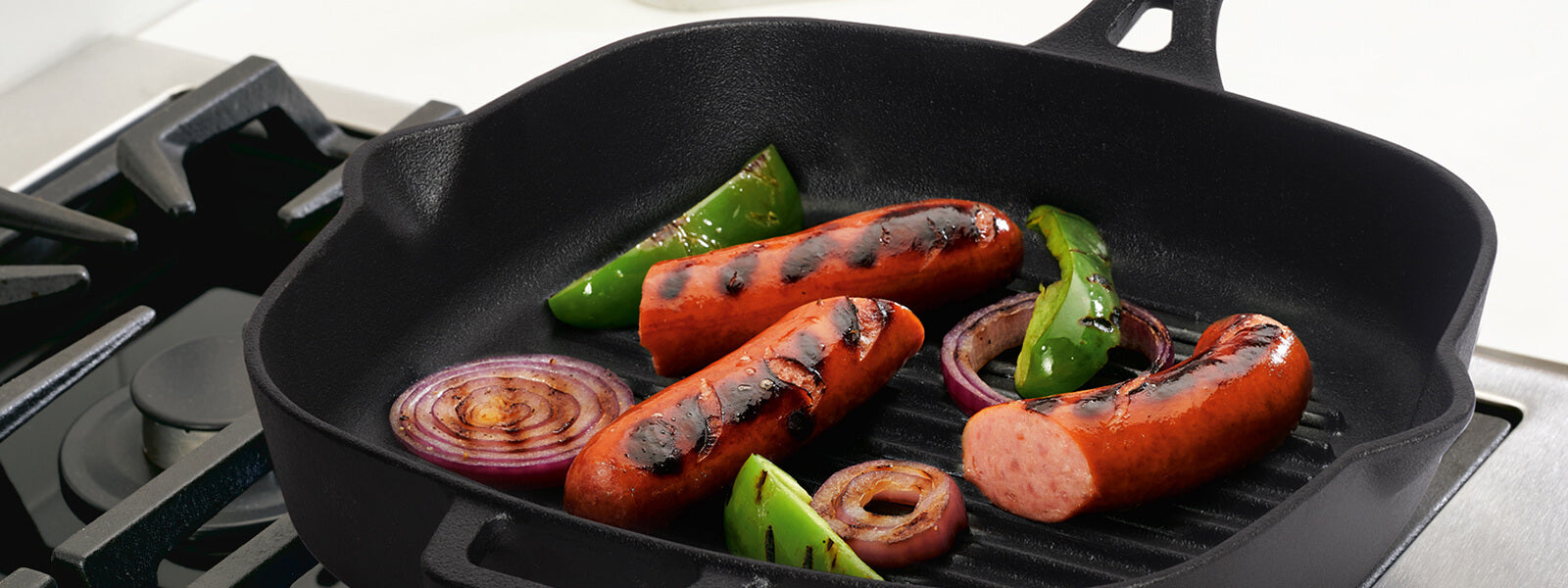
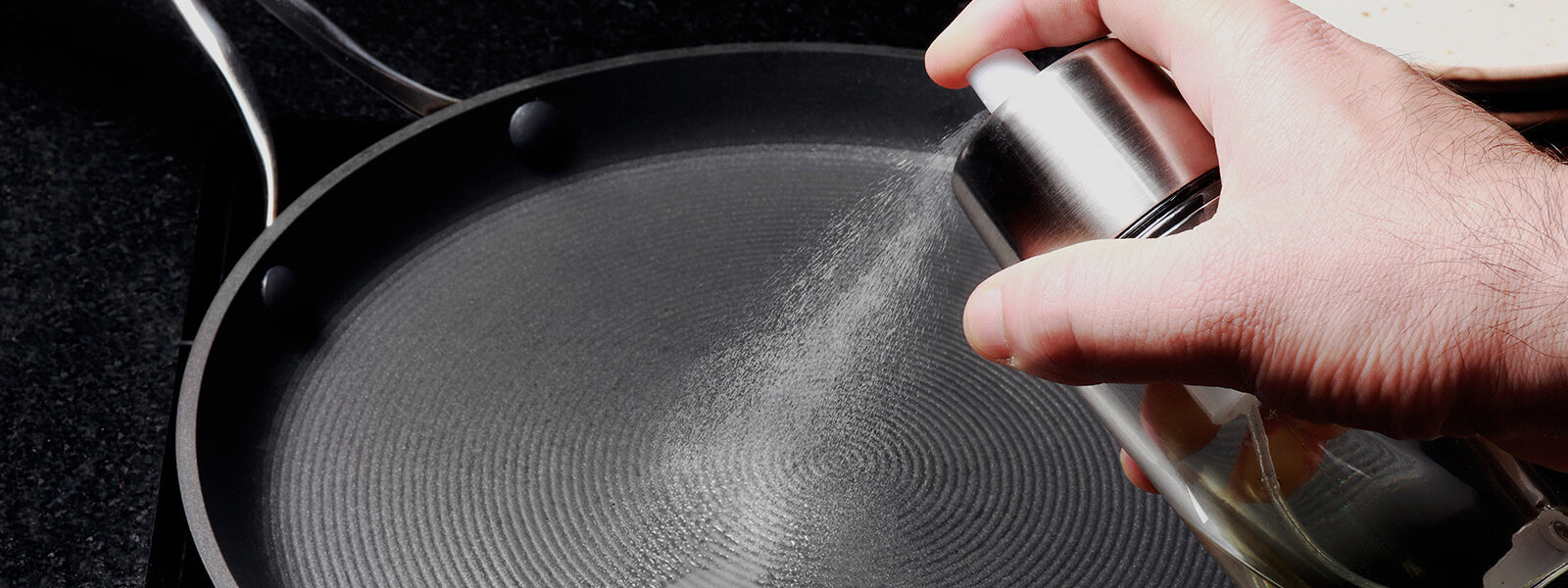
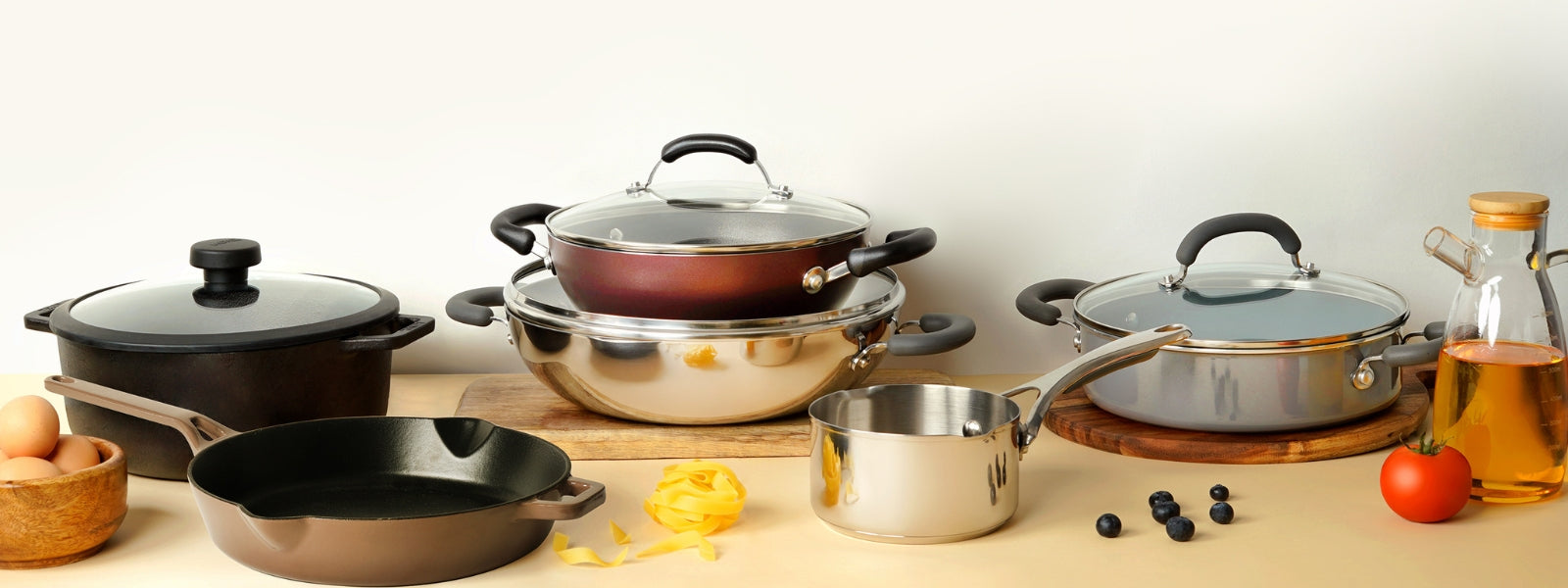

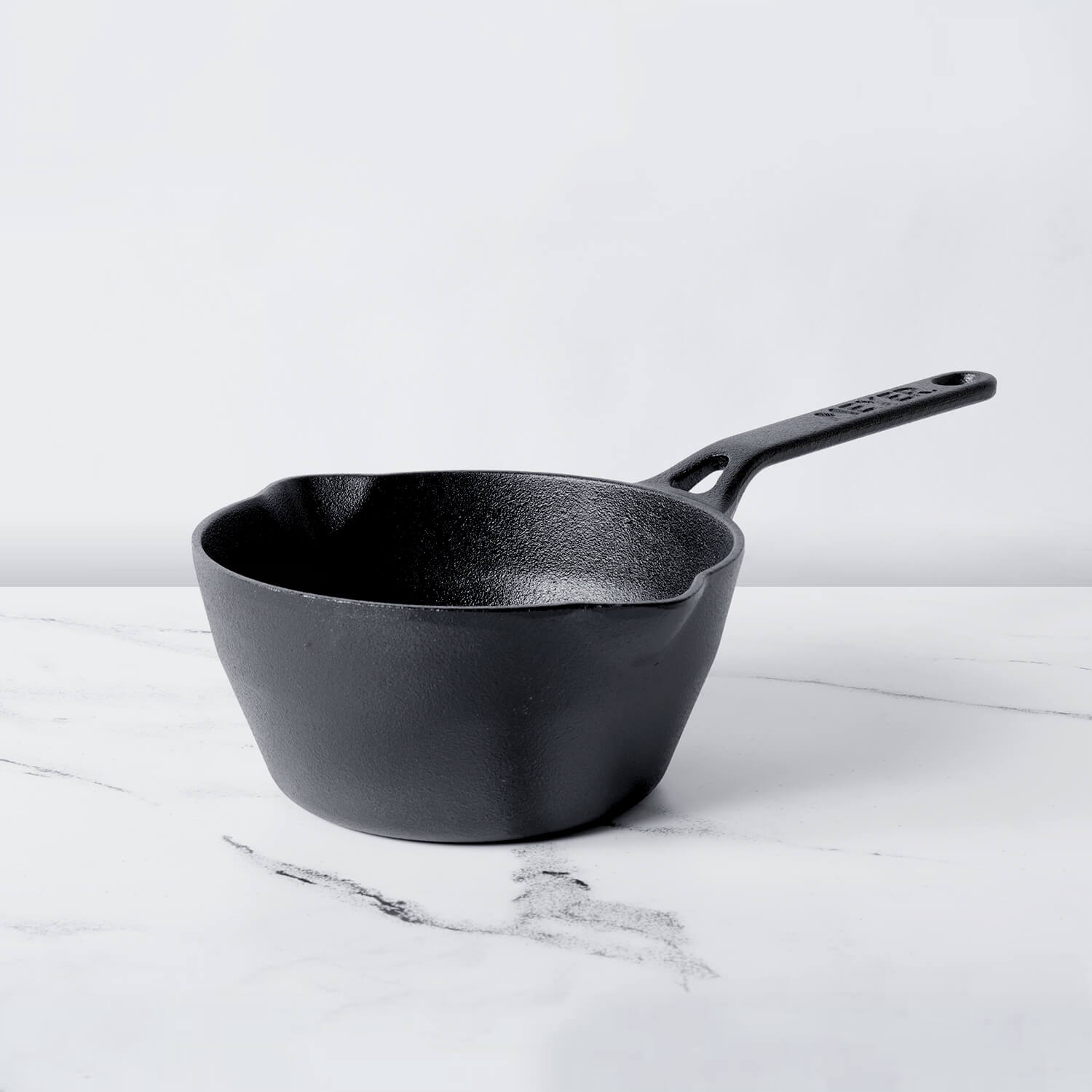
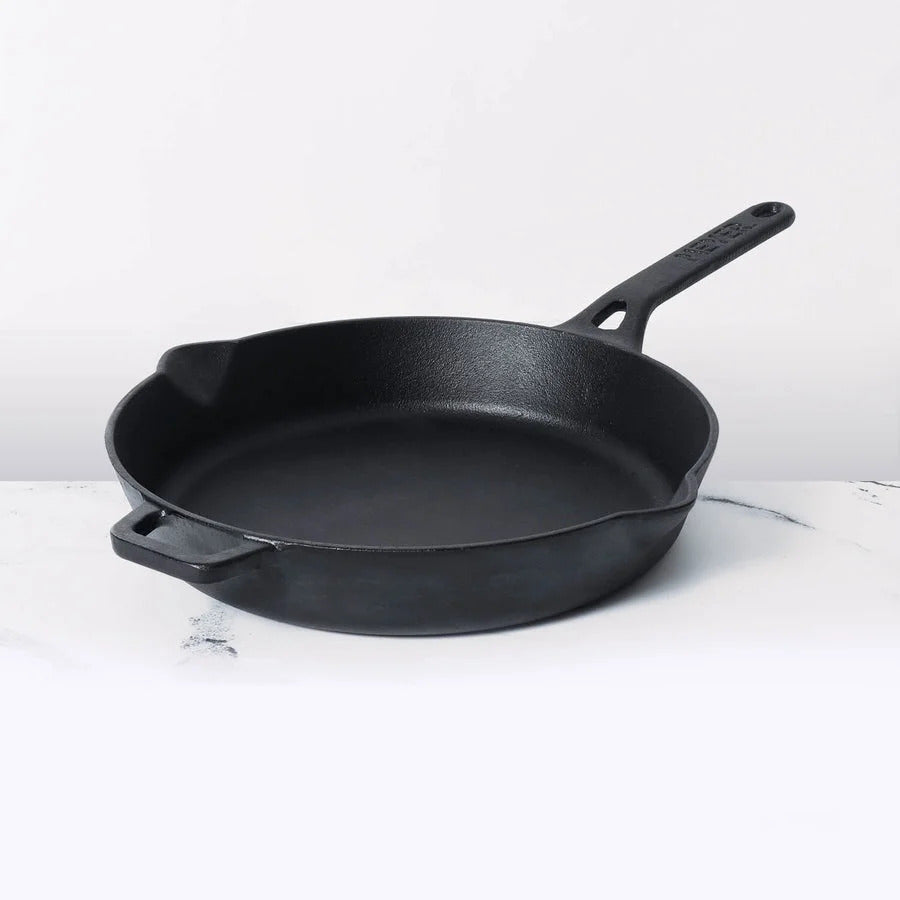




Leave a comment